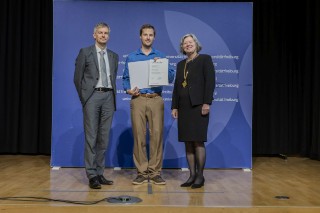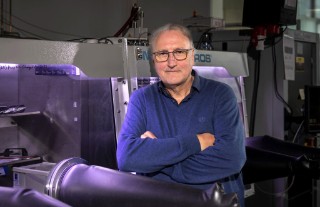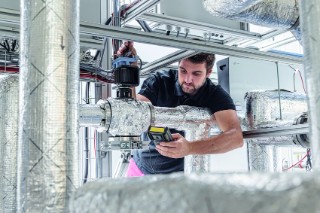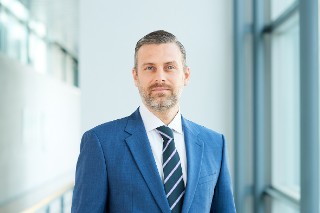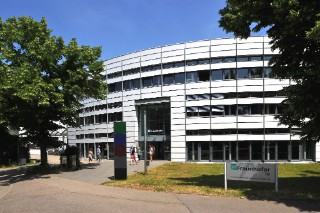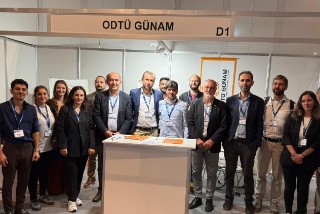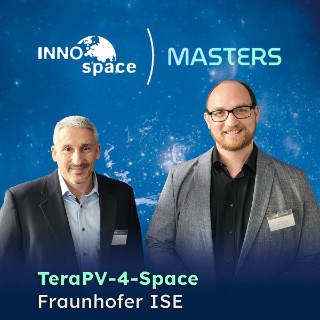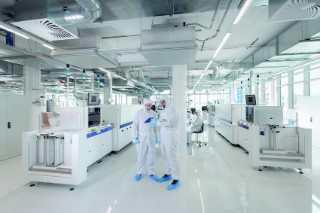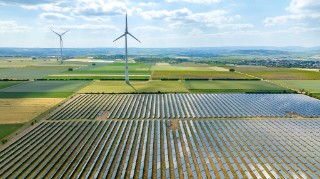
For the energy transition to be successful, 400 GWP of photovoltaic (PV) capacity must be installed in Germany alone by 2045. This goes hand in hand with an enormous demand for valuable resources. In the “SeVen” project, researchers at the Fraunhofer Institute for Solar Energy Systems ISE aim to make material-intensive components more efficient and cost-effective through innovative medium-voltage technology.
more info